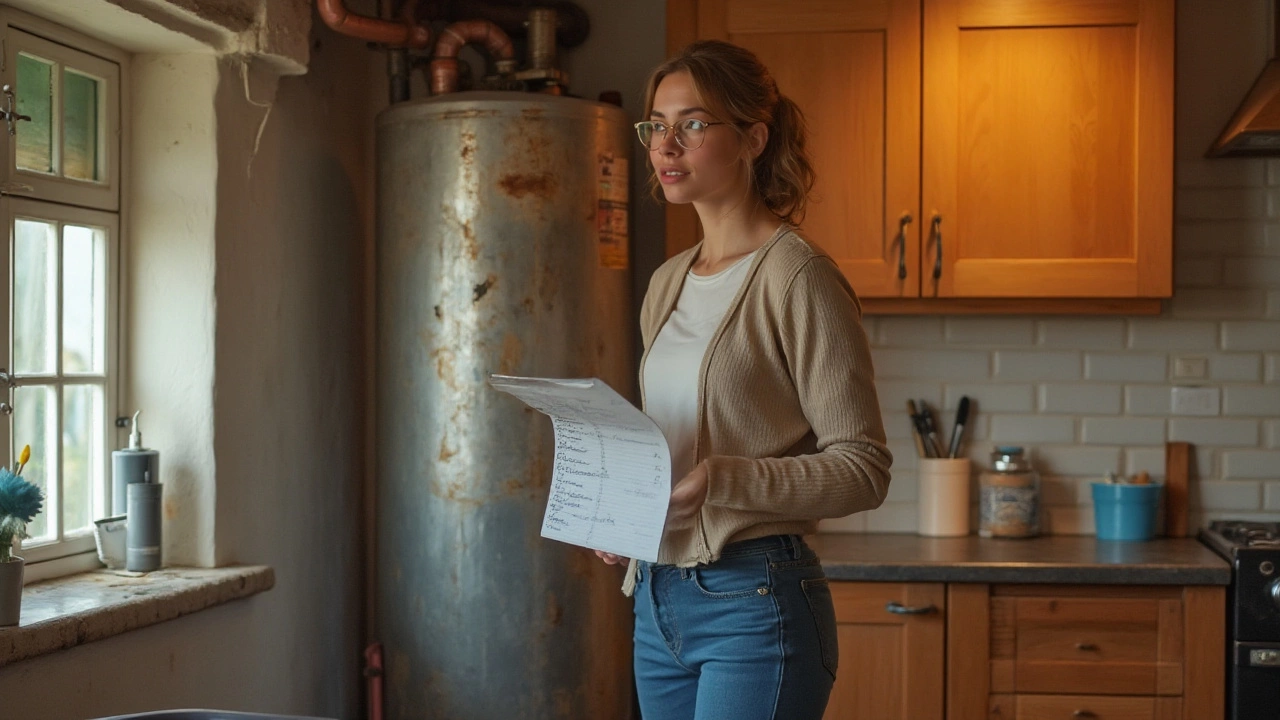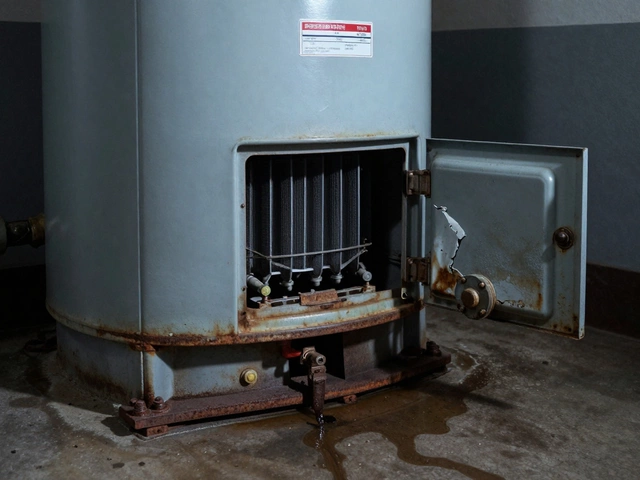Water Heater Replacement: What Triggers a Swap and How to Do It Right
If you’re standing under a cold shower, the first thing to check is your water heater. A tank that’s leaking, making loud pops, or taking forever to heat water is shouting for attention. Ignoring those signs usually means a bigger repair bill later – or a full breakdown when you need hot water most.
Here’s a quick checklist to decide if you really need a replacement:
- Age over 10‑12 years (most tanks last 8‑12 years)
- Rusty water or rust spots inside the tank
- Visible leaks at the base or around connections
- Strange noises – rumbling, popping, or banging
- Repeated repair trips that cost more than a new unit
If you tick two or more of these boxes, start budgeting for a new heater. It may feel like a big expense, but a fresh, efficient model can lower your energy bill by up to 30%.
Choosing the Right Heater for Your Home
There are three main types you’ll run into: traditional tank, tank‑less (on‑demand), and heat‑pump models. Tank heaters are cheap up‑front but lose heat over time. Tank‑less units give endless hot water and use less energy, but they cost more to install. Heat‑pump water heaters sit in between – they pull heat from the air, so they’re great if you have a warm climate and want the biggest energy savings.
Ask yourself:
- How many people use hot water daily?
- Do you have space for a big tank, or would a wall‑mounted tank‑less unit fit better?
- Is your home insulated enough for a heat‑pump model?
Matching the heater to your usage prevents oversizing (wasting money) or undersizing (cold showers).
Getting the Job Done in Hinckley
Now that you know what you need, pick a local pro who knows the ins and outs of water heater replacement. Look for a company that offers:
- Fully licensed electricians and plumbers – water heaters are both electrical and plumbing fixtures.
- Clear, upfront pricing – a flat rate for removal, installation, and disposal helps avoid surprise charges.
- Warranty on parts and labor – a good sign the tech stands behind their work.
- Quick turnaround – hot water isn’t a luxury; it’s a necessity.
At Hinckley Home Appliance Repair Services we check the existing setup, advise on the best model for your home, and handle the whole swap – from draining the old tank to safely connecting the new one. Our technicians are trained to spot hidden issues like corroded pipes that could cause future leaks.
When the new heater arrives, the installer will:
- Shut off power and water, then drain the old tank.
- Remove the old unit and inspect the surrounding pipework.
- Fit the new heater, seal connections, and refill the system.
- Turn the power back on, test for leaks, and verify the temperature.
The whole process typically takes 2‑4 hours, depending on the type of heater and any extra work needed.
Don’t forget to set the thermostat to a safe temperature (120°F/49°C is a good balance of comfort and energy saving). A too‑high setting not only wastes power but can cause scalding.
Finally, schedule a yearly check‑up. A quick inspection can catch sediment buildup or a loose valve before they turn into leaks.
Replacing a water heater may feel like a hassle, but with the right signs, the proper model, and a trusted Hinckley installer, you’ll enjoy steady hot water and lower bills for years to come.
14 August 2024
·
0 Comments
Hot water heaters are essential in ensuring comfort and functionality in any home. Knowing when to replace them can save you time and money. This article highlights common signs indicating a need for replacement, such as age, inefficiency, leaks, and unusual sounds. By understanding these signals, you can make informed decisions about your home's water heating needs.
Read more


